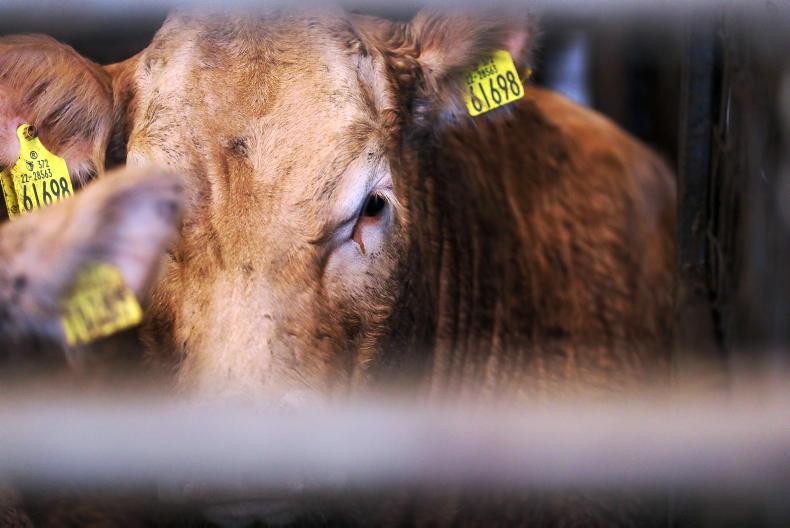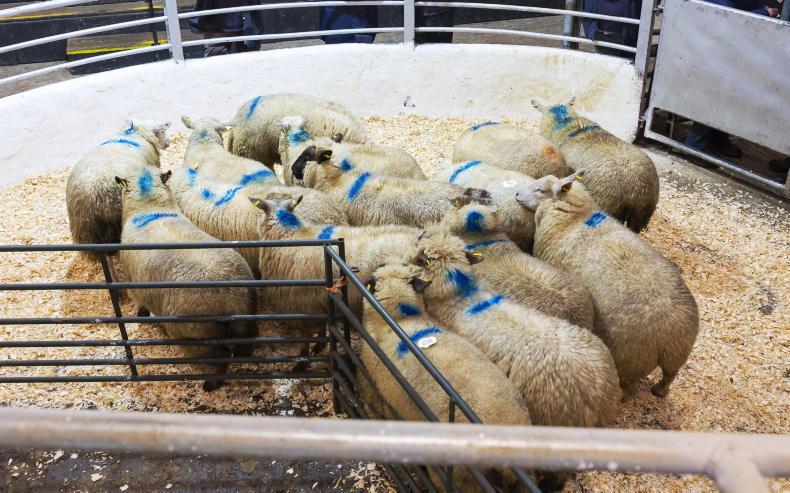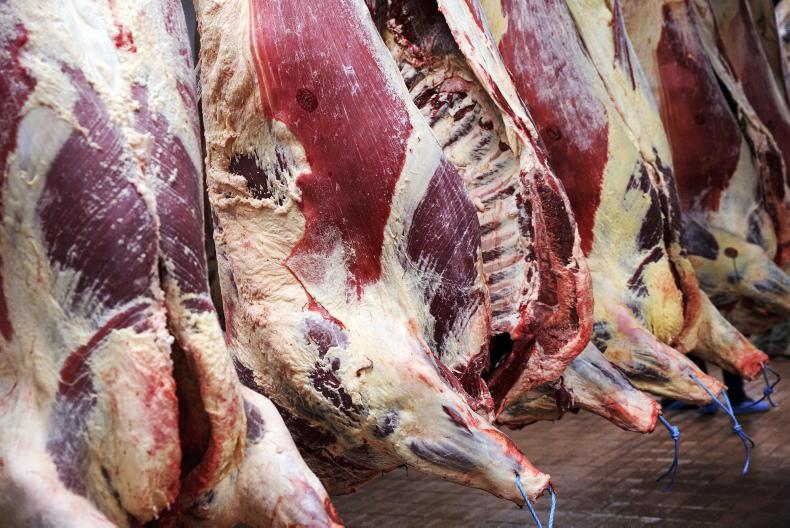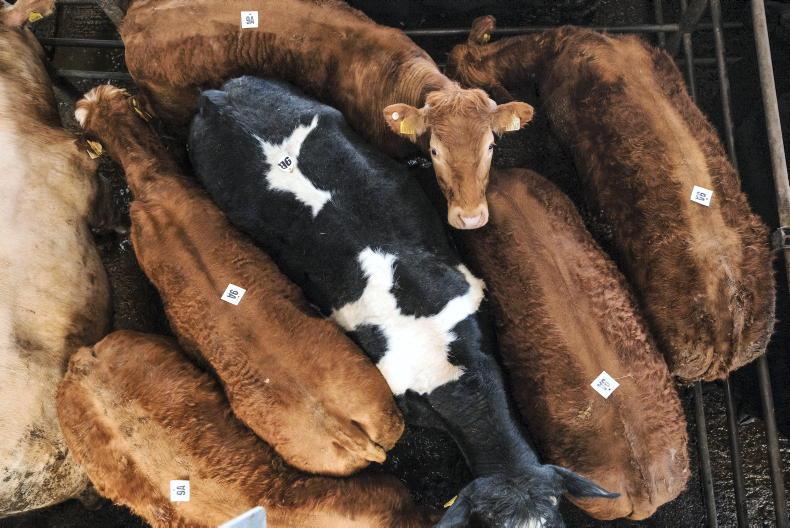A positive beef trade continues to bring big numbers to the ringside, which has resulted in more than 51,000 extra animals being sold in marts in January and February compared with the five-year average.
The throughput in marts is running just over 16% or 36,626 cattle ahead of last year, according to figures published by the Department of Agriculture for January and February 2023.
While it comes as no surprise that numbers are up given the positive nature of the trade ringside at the moment, the official figures back up the fact that farmers are turning to their local marts more and more as they continue to deliver for producers.
January figures were up 23.9% year on year, while February figures have increased by 11.3% compared with 2022 levels.
In itself, 2022 was a positive year for marts and looking across a five-year average of throughput, numbers this year are actually up 23.2% across that timeframe.
Finished cattle
There has been a shift in approach to selling finished or short-keep cattle, as well as cull cows, with many having dealt directly with processors in recent years opting to bring their stock to the mart where a number of factory agents and specialist finishers have been keenly contesting numbers, as demand of this category of stock outstrips supply in recent months.
Regional spread
Not surprisingly the largest proportion of stock were traded in the south of the country, where the largest population of stock are concentrated.
Munster had the highest throughput, more than double the next-highest region at 131,153 head or 46.8% of the total, while Leinster at 63,432 or 22.6% and Connaught at 56,208 or 20% were similar.
Ulster, excluding the six counties in Northern Ireland, was the lowest with 29,367, accounting for 10.5% of the total mart throughput.
Farm-to-farm movements
The number of cattle traded directly from farm to farm is ever so slightly down so far for 2023.
It is running at 224,751 head for the first two months of the year compared with 230,122 for the same time period in 2022, which represents a reduction of 2.3% year on year.










SHARING OPTIONS